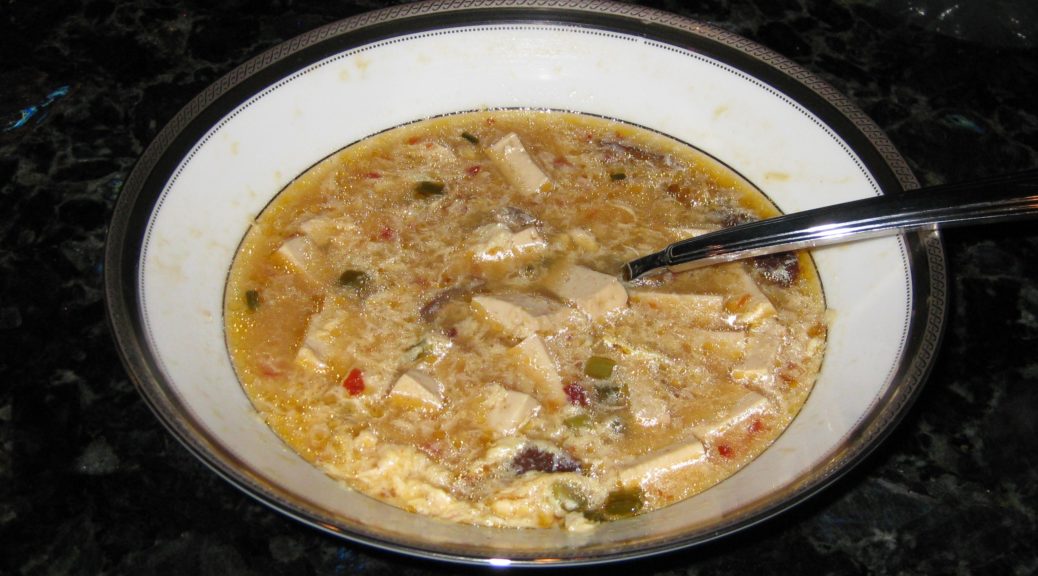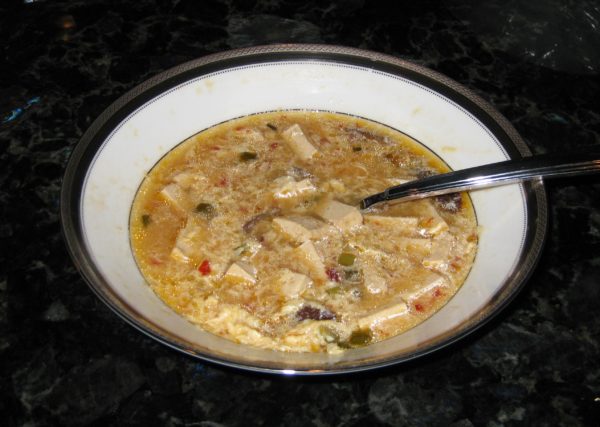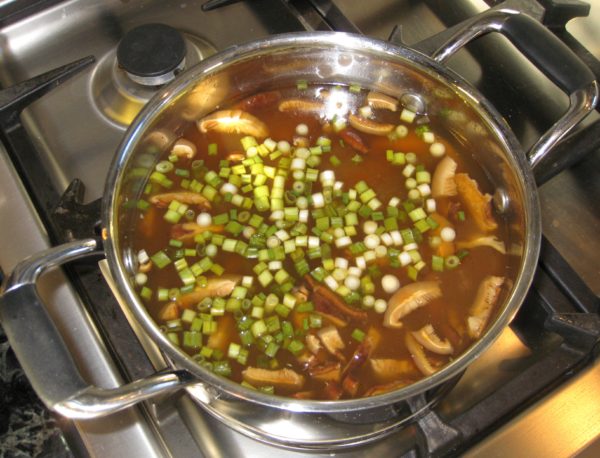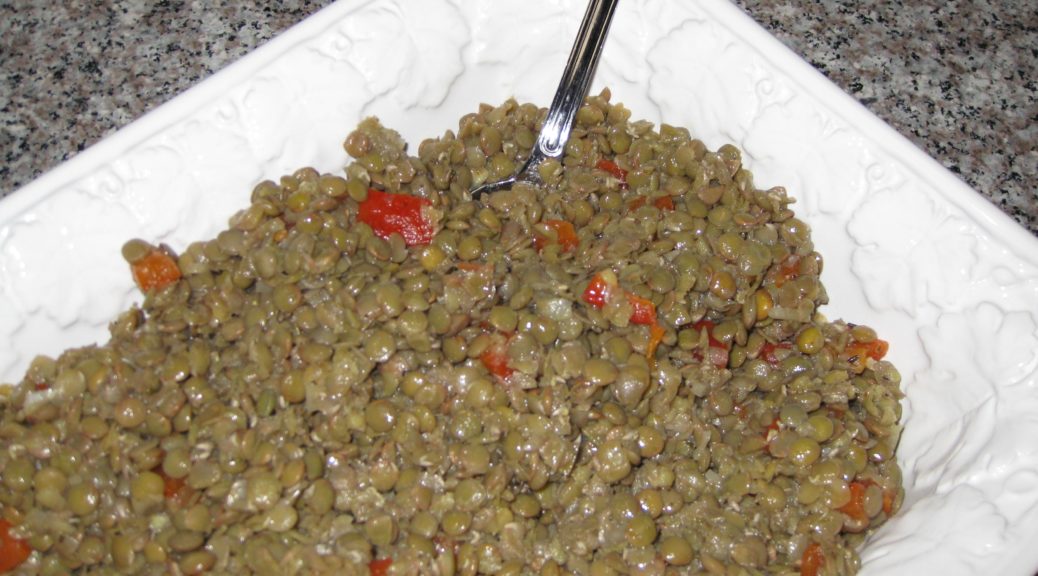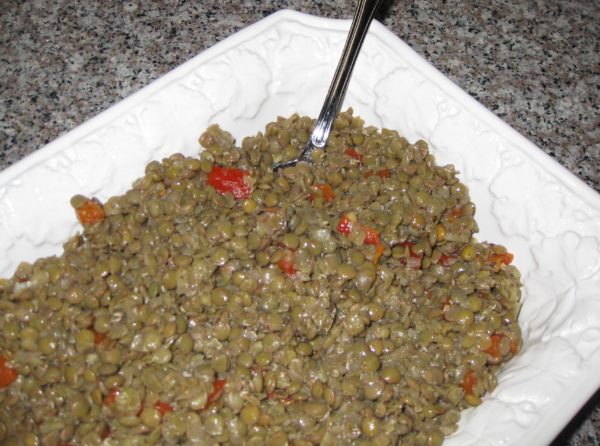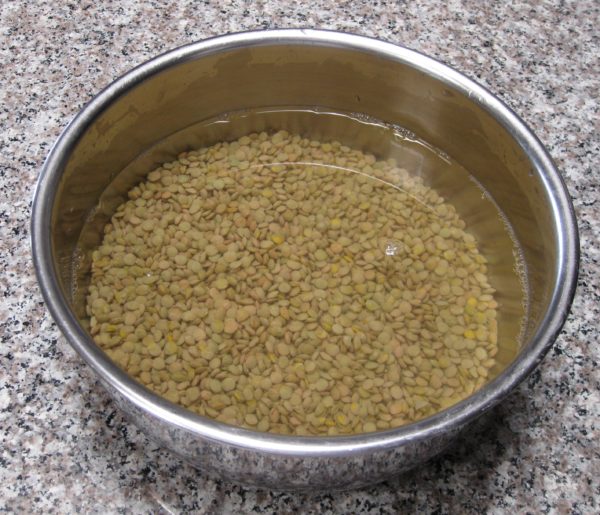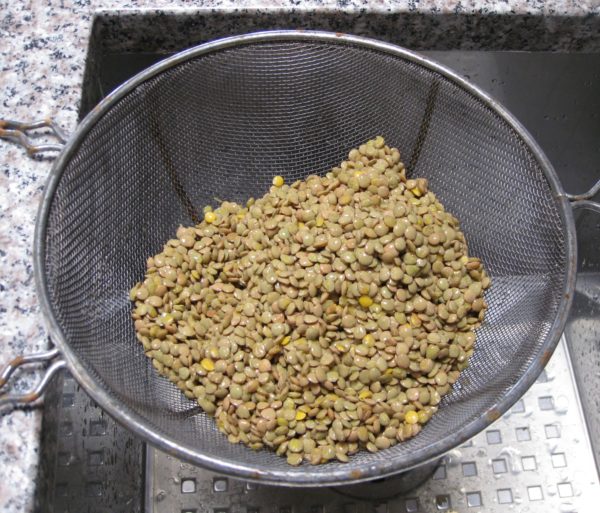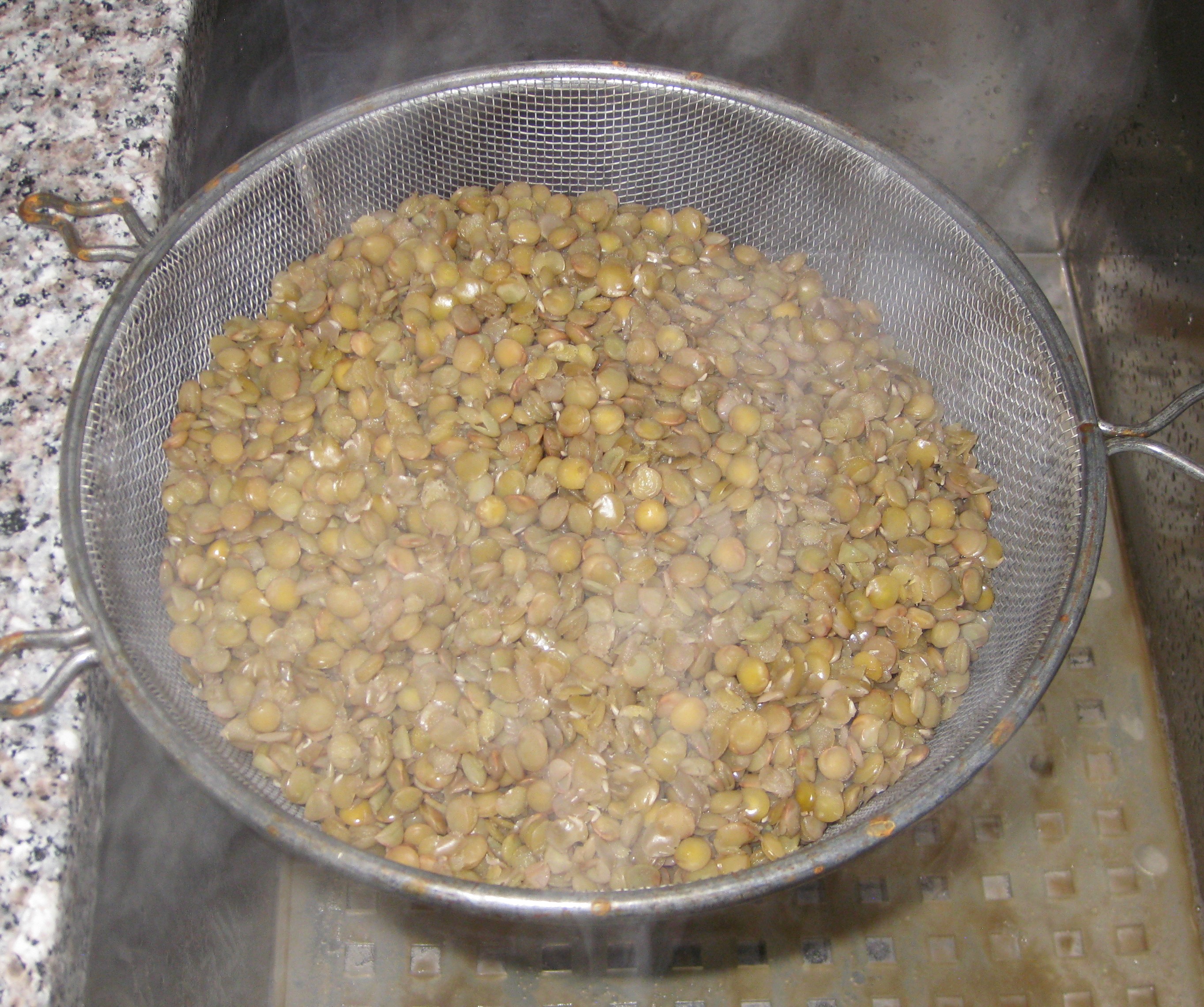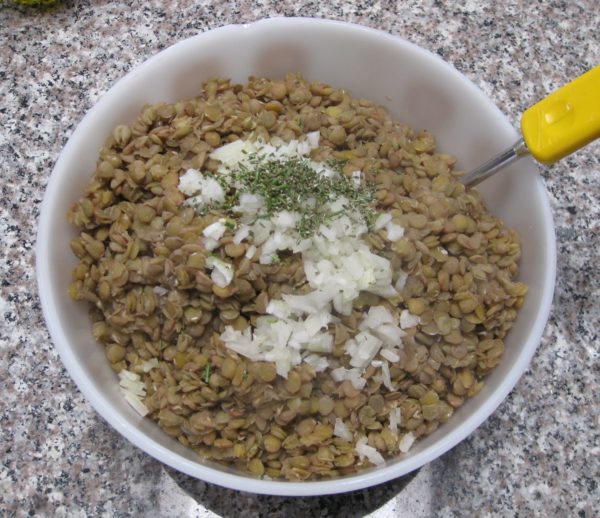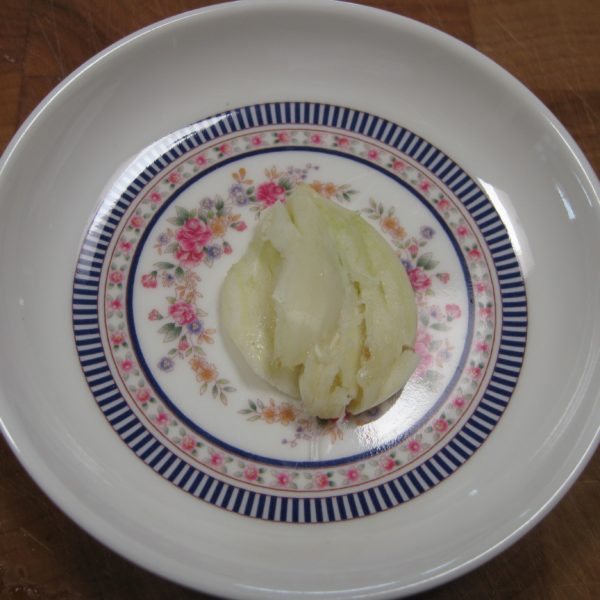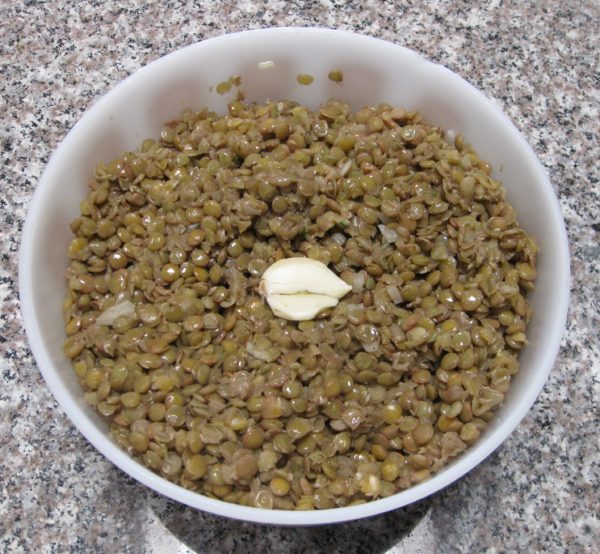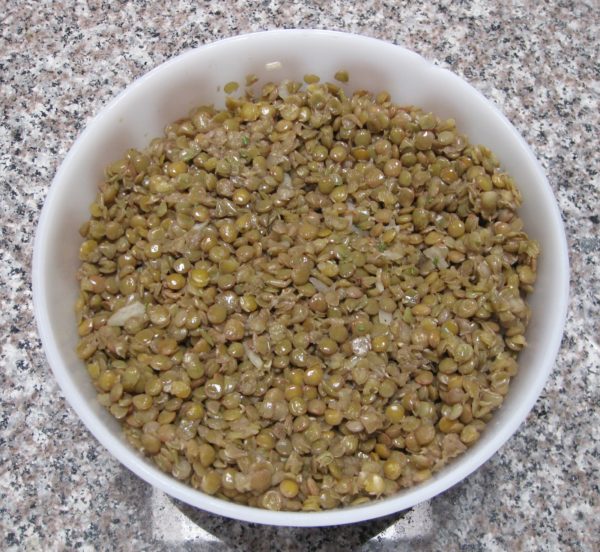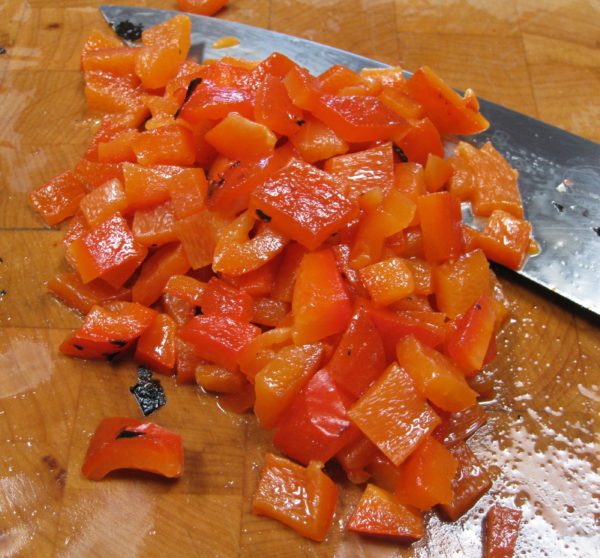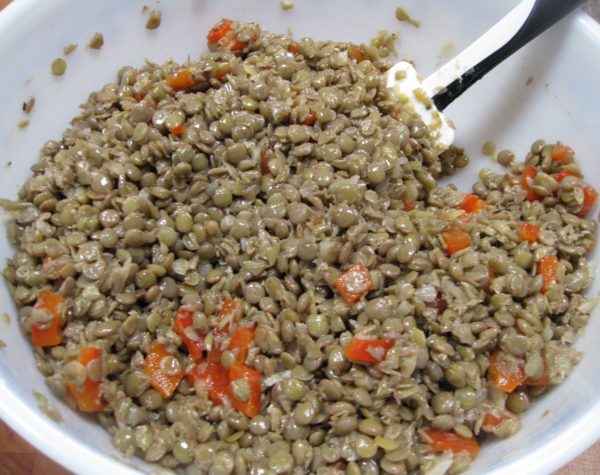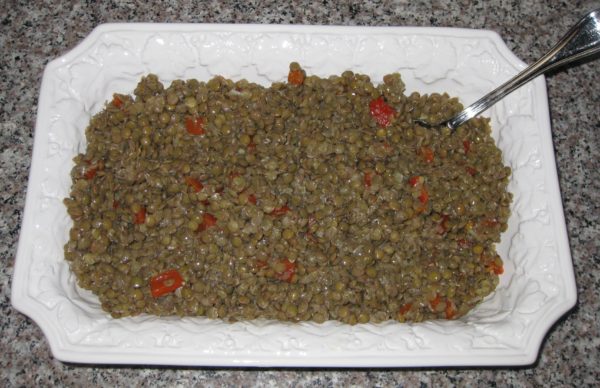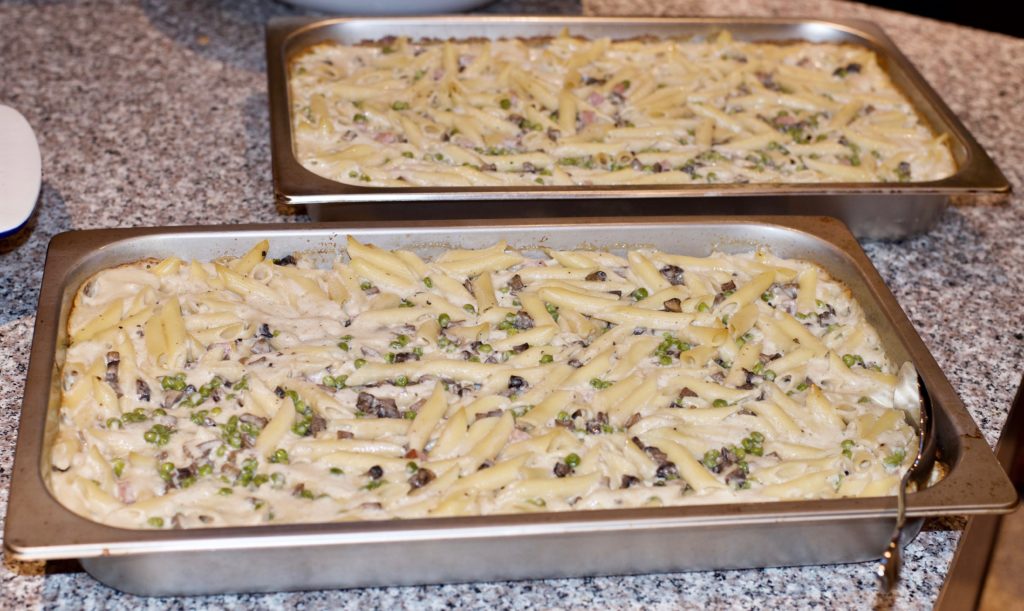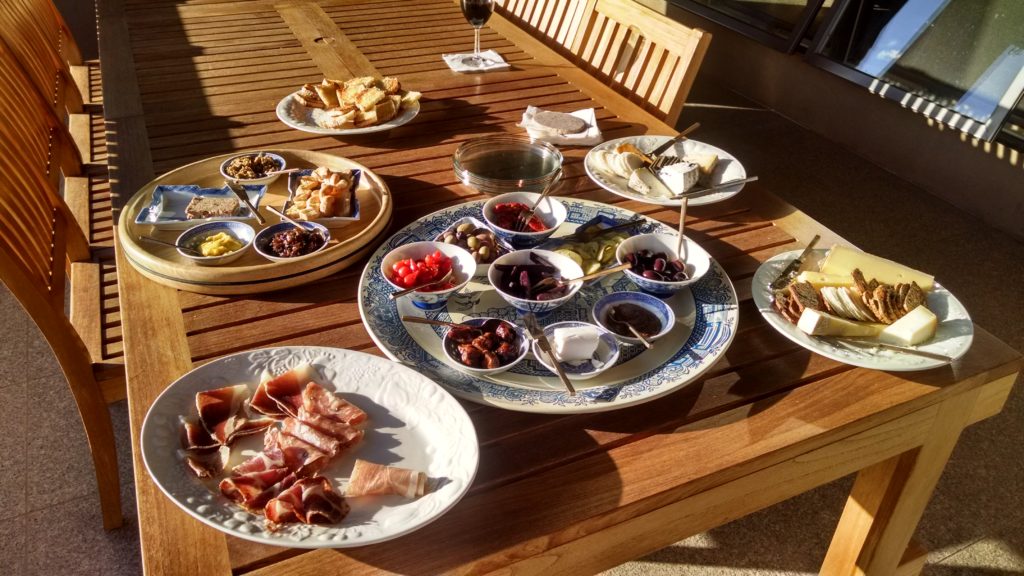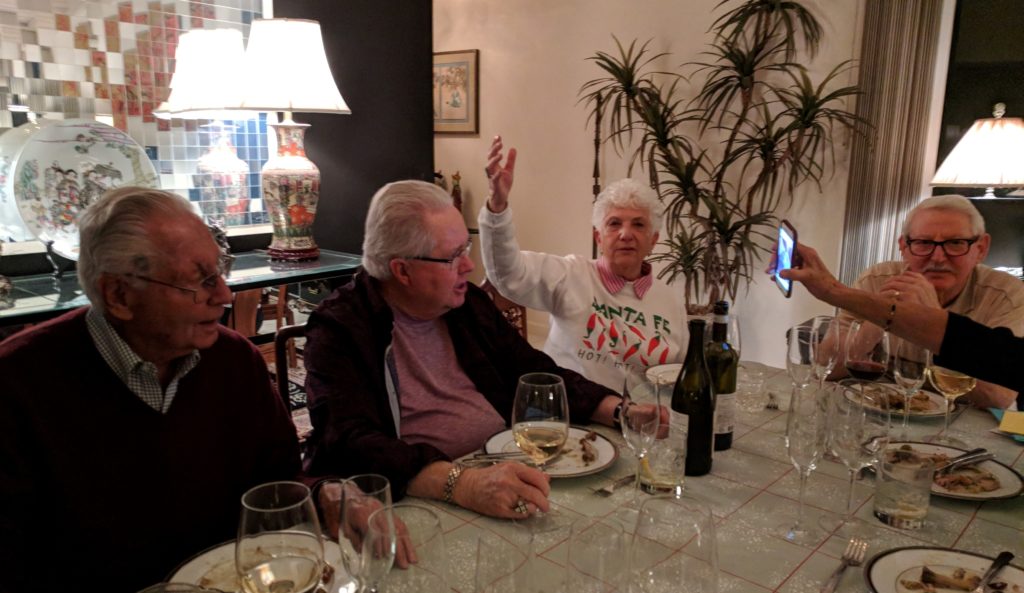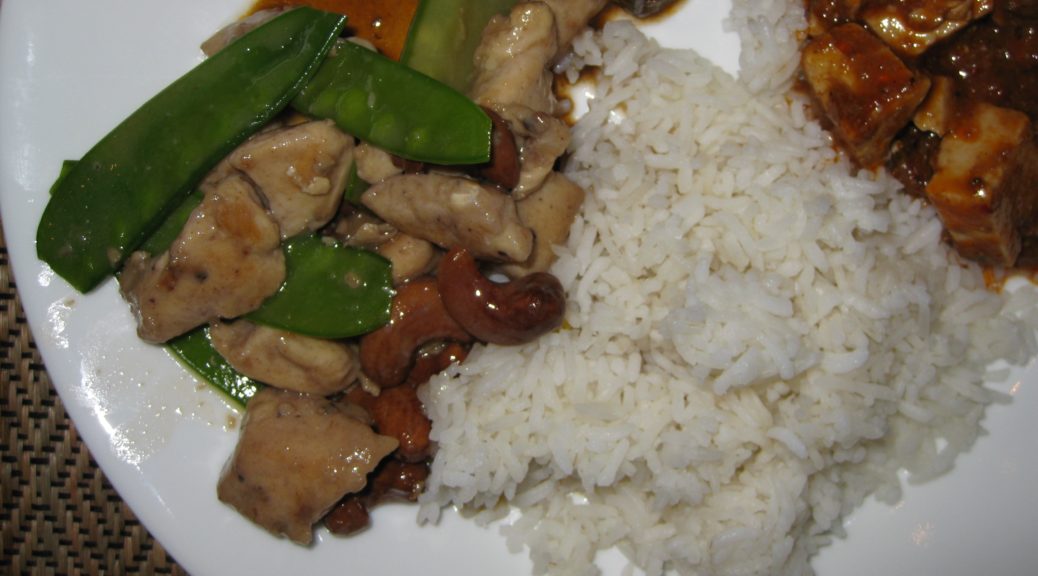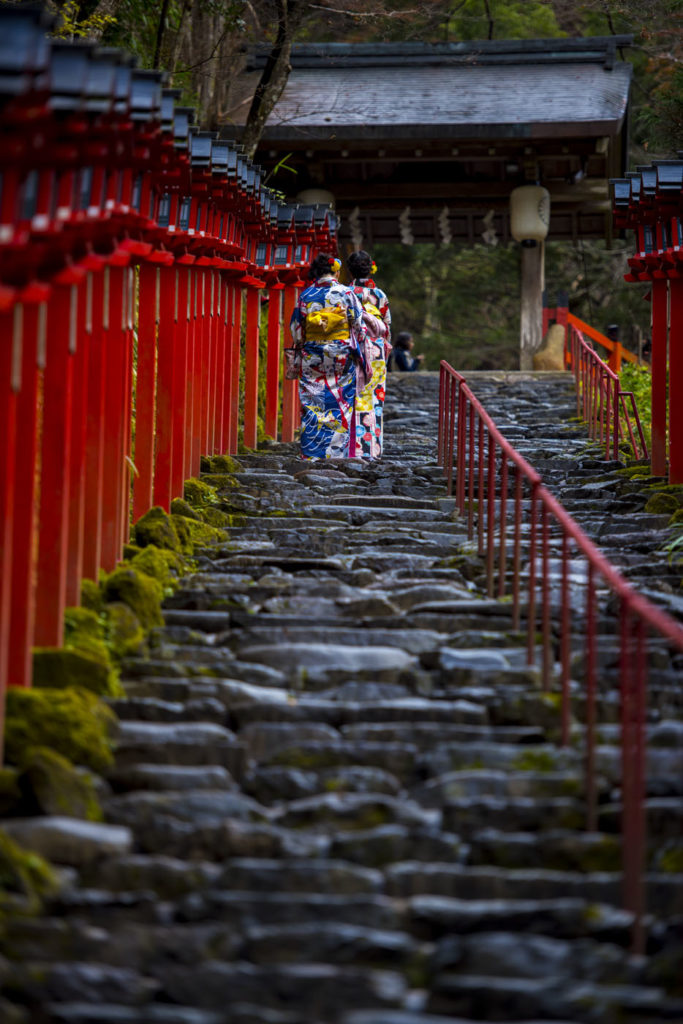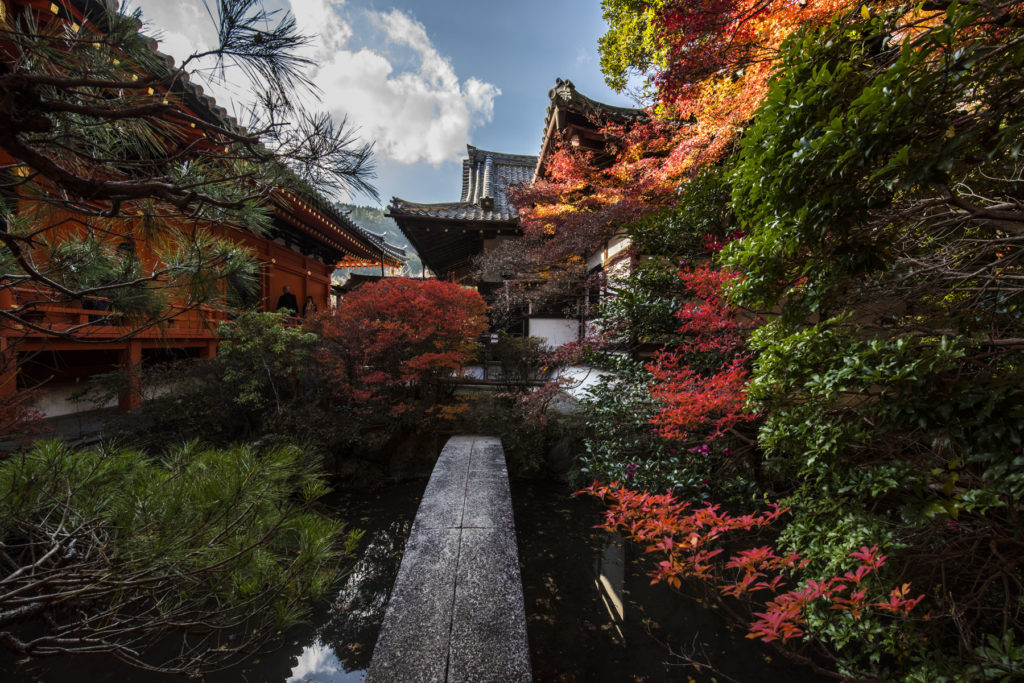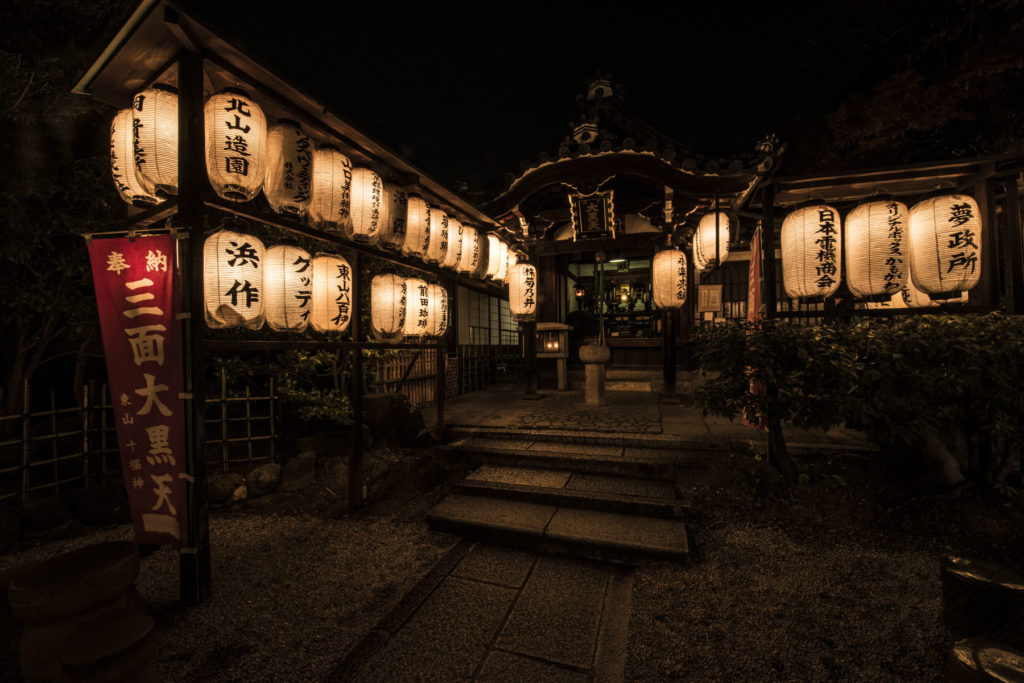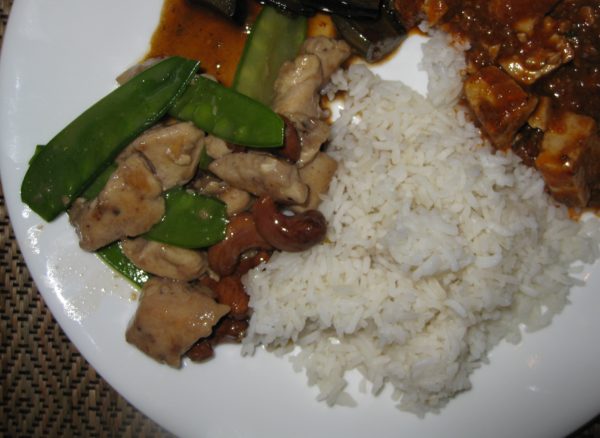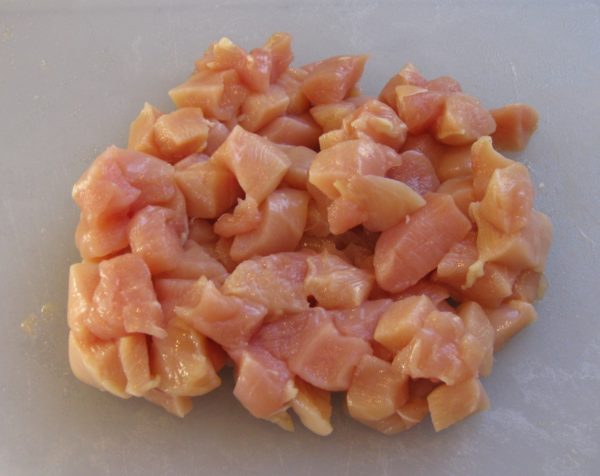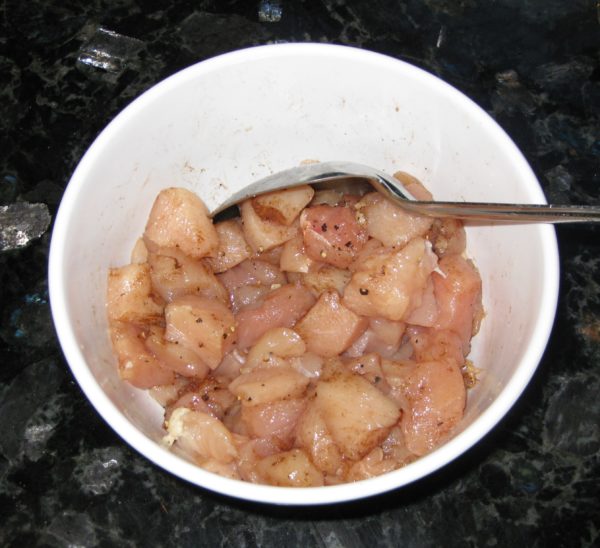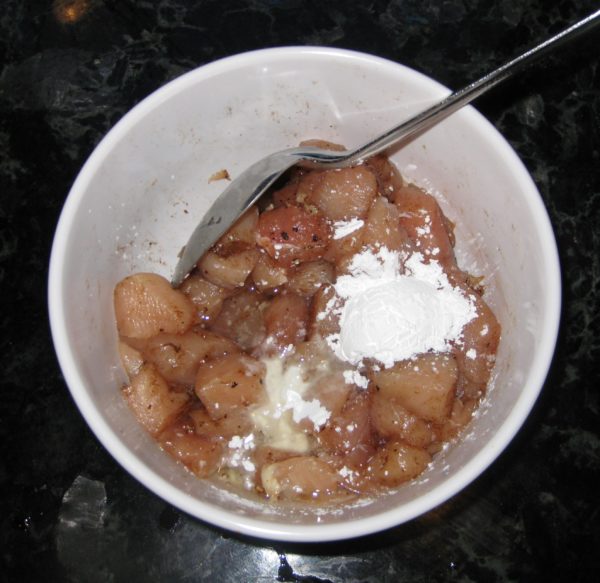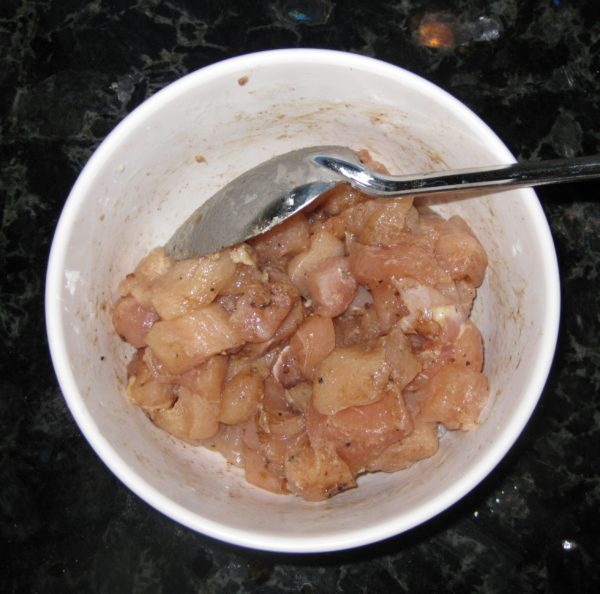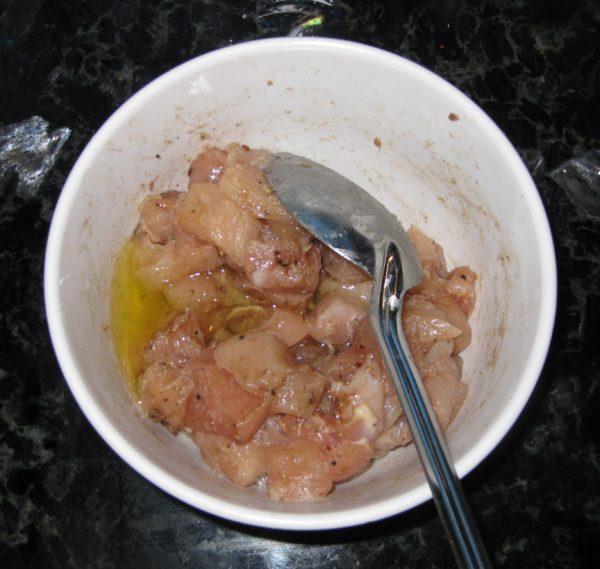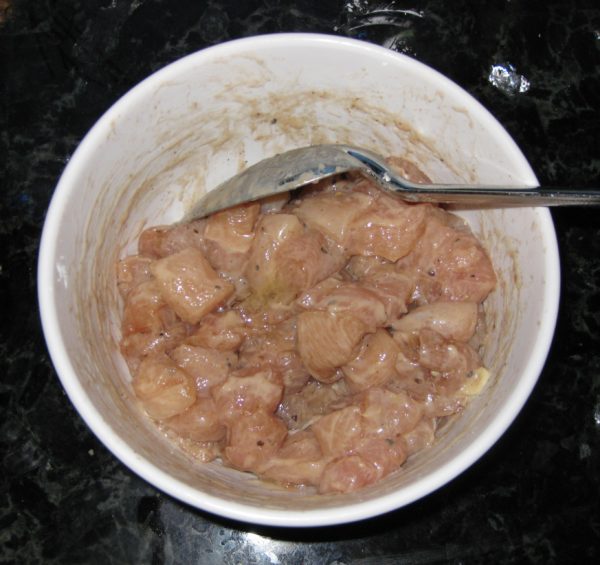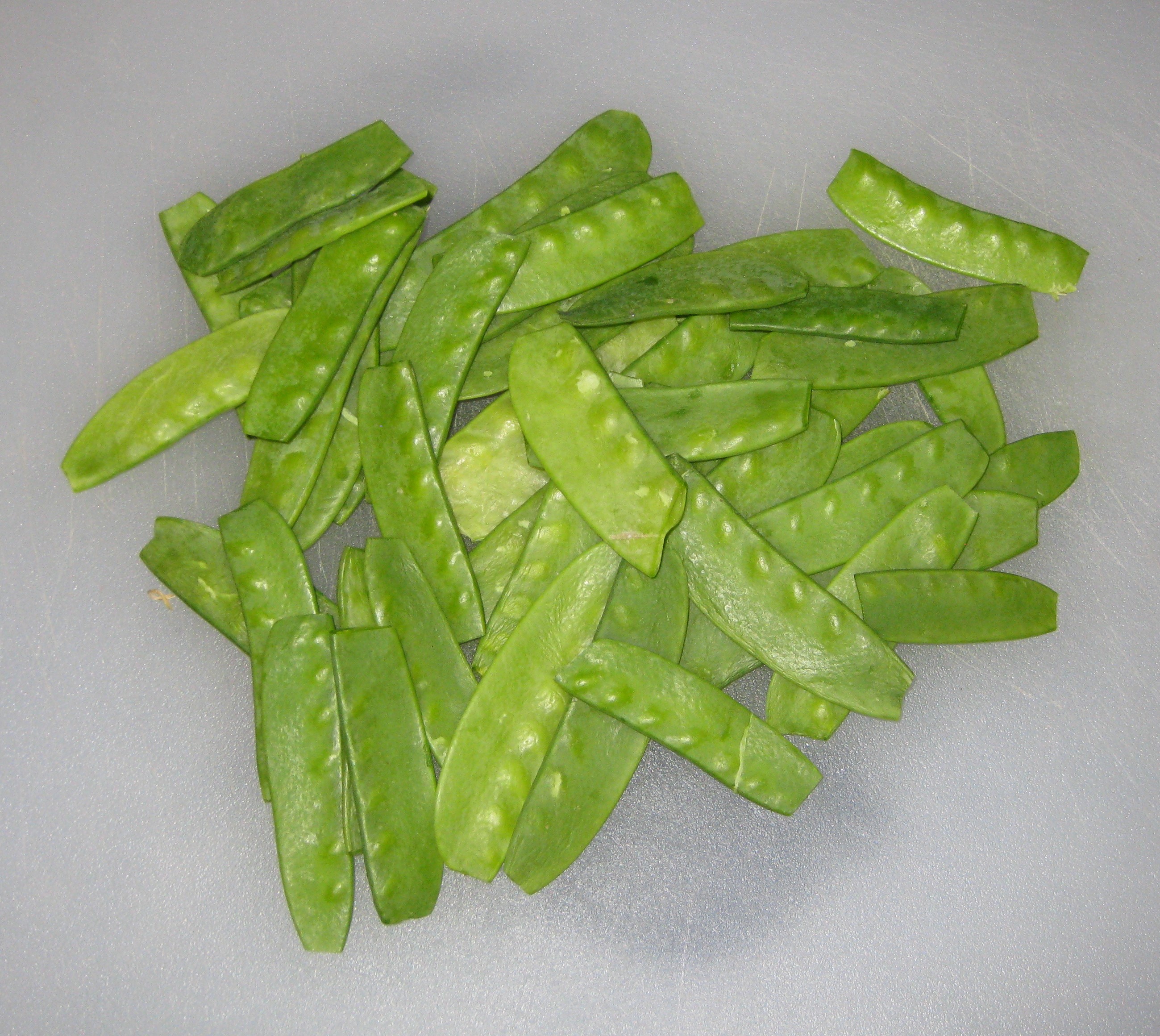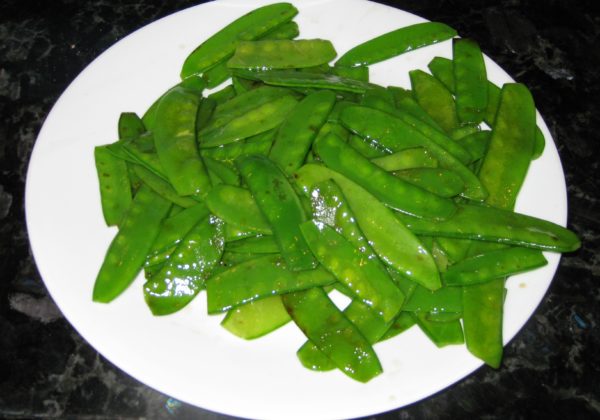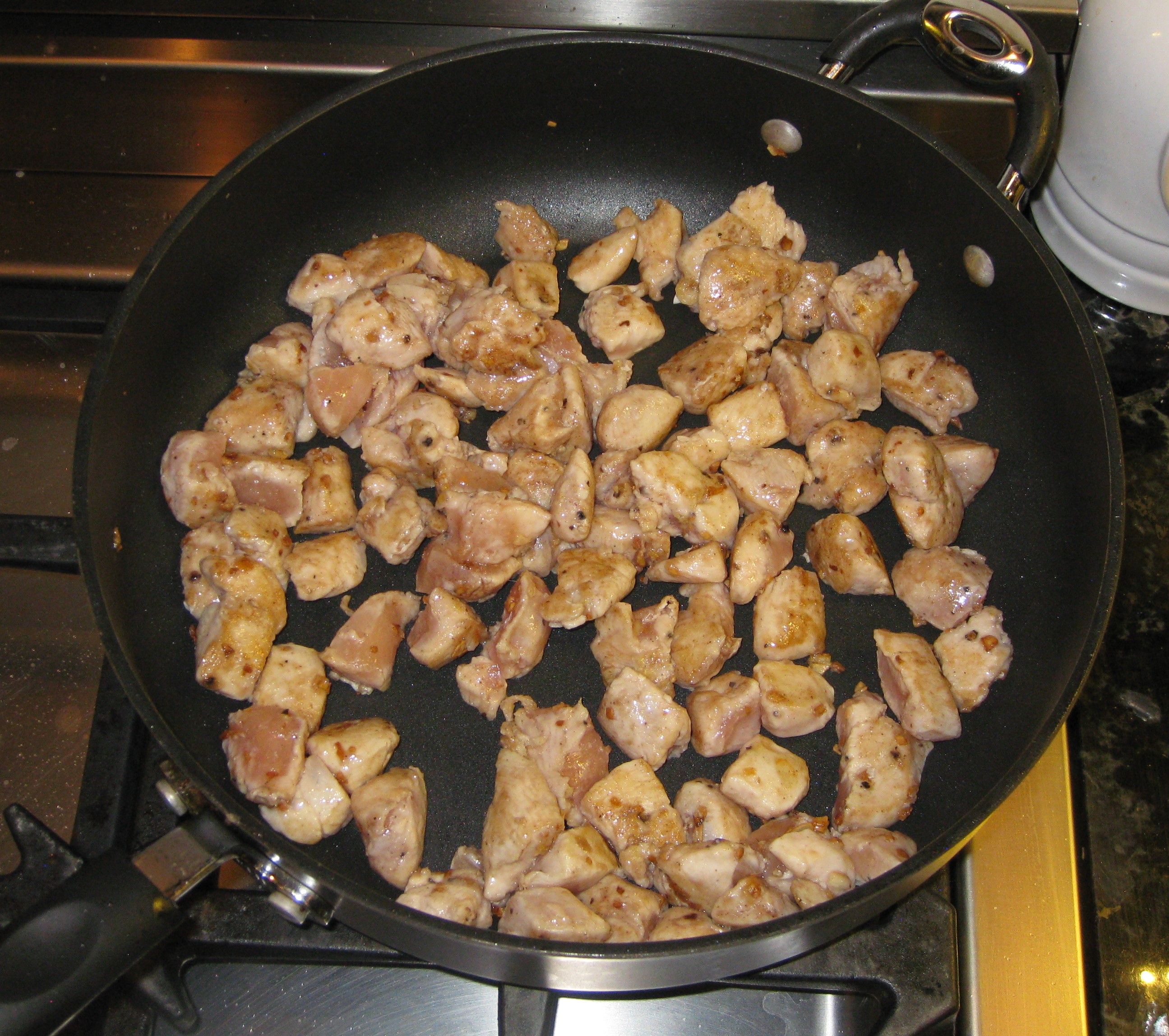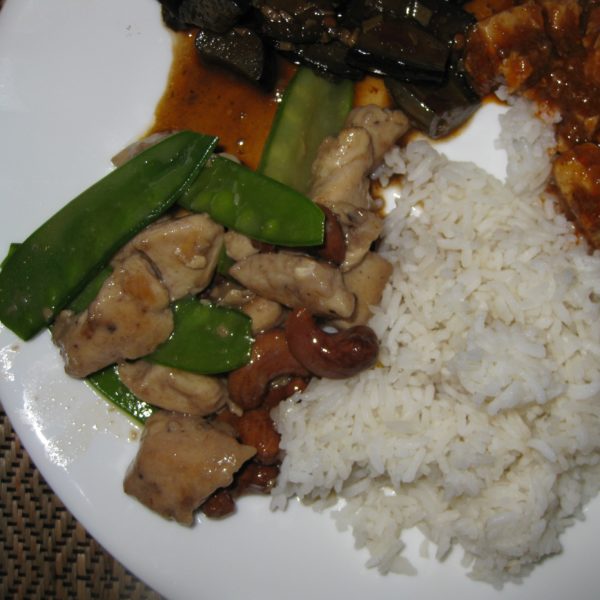May 28, 2018
I wish I had a pithy story to tell about roasted peppers.
I don’t really, except to say that after reviewing a dozen, or so, recipes to see how they compare with my method, I’ve discovered that NONE of them does it right. (I know. That sounds pretty narcissistic, doesn’t it?)
In a nutshell, you want to turn the skin jet black and you want to do it as quickly as possible. Then you want to put them in a covered non-reactive container for about 10 minutes before peeling them.
The recipes that I found included the following (erroneous) steps:
1. Roasting them in the oven.
2. Cutting them before cooking.
3. Cooking them too long.
4. Not sufficiently blackening and blistering the skin.
5. Putting them in a paper bag after roasting.
And don’t even get me started about putting oil on them before roasting!
Here’s the skinny…
Join our mailing list and you’ll never miss a recipe again!
The longer you cook them, the softer the flesh of the pepper becomes. If you really want any structure at all, you want to get the blackening of the skin done quickly.
You really want the skin to be completely black. First, this will cause the skin to peel off easily. Second, it will add the smokiness that you want in a good roasted pepper. No, they won’t taste burnt. You will notice, if you give this recipe a try, that the places where the skin isn’t burnt won’t peel off very easily.
The main goals of cooking them fast and completely blackening the skin mean you really can’t roast them in the oven. You need direct heat.
You don’t want to cut them because you won’t be able to rotate them sufficiently to blacken the skin all over. They’re harder to handle if cut. Besides, they’ll dry out.
Sometimes juice will leak out while the peppers are cooling. If you put them in a paper bag, the bag will absorb the flavorful juice, and that would be a shame!
If I’m roasting one or two peppers, I’ll do it directly over the burner on a gas stove. Oh, and for that one writer who suggested lining the burners with aluminum foil, get a life! Not that much juice comes out of the peppers and what does is likely to get vaporized on the cast iron grate. If a drop or two lands anywhere else on the stove, it’s just as likely to land in a spot that you can’t cover with aluminum foil as it is to land on the foil itself.
Follow us on your social media platform of choice
If I’m roasting more than a couple of peppers, I’ll do it on my gas grill.
You can use a broiler if you don’t have a gas stove or a gas grill, though I find the broiler a little less friendly to use.
As for heat, crank it up: medium high on a burner, high on a gas grill. The goal is to blacken the skin as quickly and as evenly as possible. The longer it takes to do this (that is, the lower the heat) the more the flesh of the pepper will soften. The pepper should hold its shape after roasting, not collapse.
I use roasted peppers in lots of dishes. Auntie Helen’s Lentil Salad is a good example.
The simplest way to use roasted peppers is to cut them in strips after peeling off the skin and toss them with a little extra virgin olive oil and salt. They make an excellent side dish. Since they’re served at room temperature they can be made in advance. Using different colored peppers makes it festive.
If you like peppers, and you’ve never roasted your own, please give this recipe a try. I think you’ll be surprised at how easy it is and how much better the peppers taste that the ones in the jar!

| Prep Time | 10 minutes |
| Cook Time | 10 minutes |
| Passive Time | 10 minutes |
| Servings |
or more
|
Ingredients
|

|
- If using a gas burner, set the burner to medium high.
- Using long-handled tongs, put the pepper directly on the grate above the flame (where you would ordinarily set the pot).

- As the skin begins to blacken, move and rotate the pepper to get the skin evenly black.



- When the skin is evenly blackened, put the pepper in a non-reactive heat-proof bowl with a lid, such as one made from glass or enamel.

- Cover and allow to cool for 10 minutes.

- Rub off the skin. It helps to keep a bowl of water nearby to dip your fingers into to remove the skin that will inevitably stick to your fingers.


- Catch any juice that runs out of the peppers to add back once the peppers are peeled, cleaned, and cut.
- Cut the peppers in half from top to bottom. Remove the stem, ribs, and seeds.

- Use as directed in the recipe.
Copyright © 2018 by Villa Sentieri, LLC. All rights reserved.


